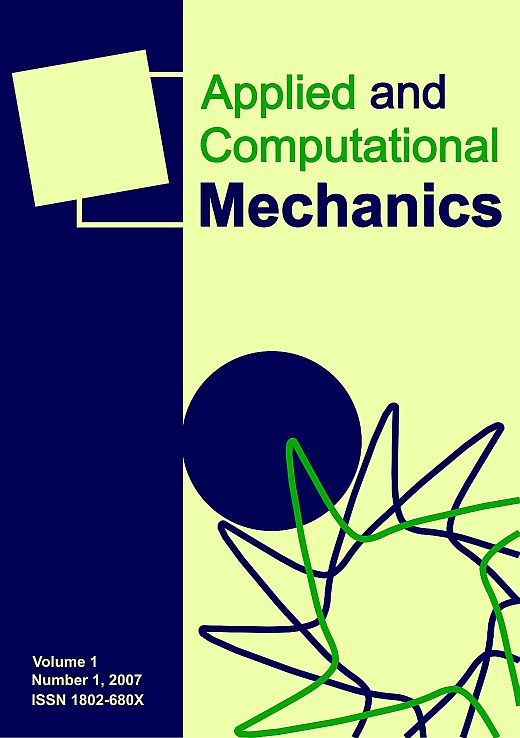A computational investigation of vibration attenuation of a rigid rotor turning at a variable speed by means of short magnetorheological dampers
Keywords:
accelerating rotors, magnetorheological dampers, critical revolutions, vibration dampingAbstract
Rotors of all rotating machines are always slightly imbalanced. When they rotate, the imbalance induces their lateral vibration and forces that are transmitted via the bearings into the foundations. These phenomena are significant if the rotor accelerates or decelerates and especially if it passes over the critical speeds. The vibration can be reduced if the rotor supports are equipped with damping elements. To achieve optimum performance of the damper, the damping effect must be controllable. At present time, semiactive magnetorheological squeeze film dampers are a subject of intensive research. They work on a principle of squeezing a thin film of magnetorheological liquid. If magnetic field is applied, the magnetorheological liquid starts to flow only if the shear stress between two neighbourhood layers exceeds a limit value which depends on intensity of the magnetic field. Its change enables to control the damping force. In the mathematical models, the magnetorheological liquid is usually considered as Bingham one. Application of the computer modelling method for analysis of rotors supported by rolling element bearings and magnetorheological squeeze film dampers and turning at variable angular speed requires to set up the equations of motion of the rotor and to develop a procedure for calculation of the damping force. Derivation of the equations of motion starts from the first and second impulse theorems. The pressure distribution in the thin lubricating film can be described by a Reynolds equation modified for the case of Bingham liquid. In cavitated areas, it is assumed that pressure of the medium remains constant. The hydraulic force acting on the rotor journal is then obtained by integration of the pressure distribution around the circumference and along the length of the damper. Applicability of the developed procedures was tested by means of computer simulations and influence of the control of the damping force on vibration of the rotor was analyzed.
Downloads
Published
Issue
Section
License
Copyright (c) 2016 Applied and Computational Mechanics

This work is licensed under a Creative Commons Attribution 4.0 International License.







